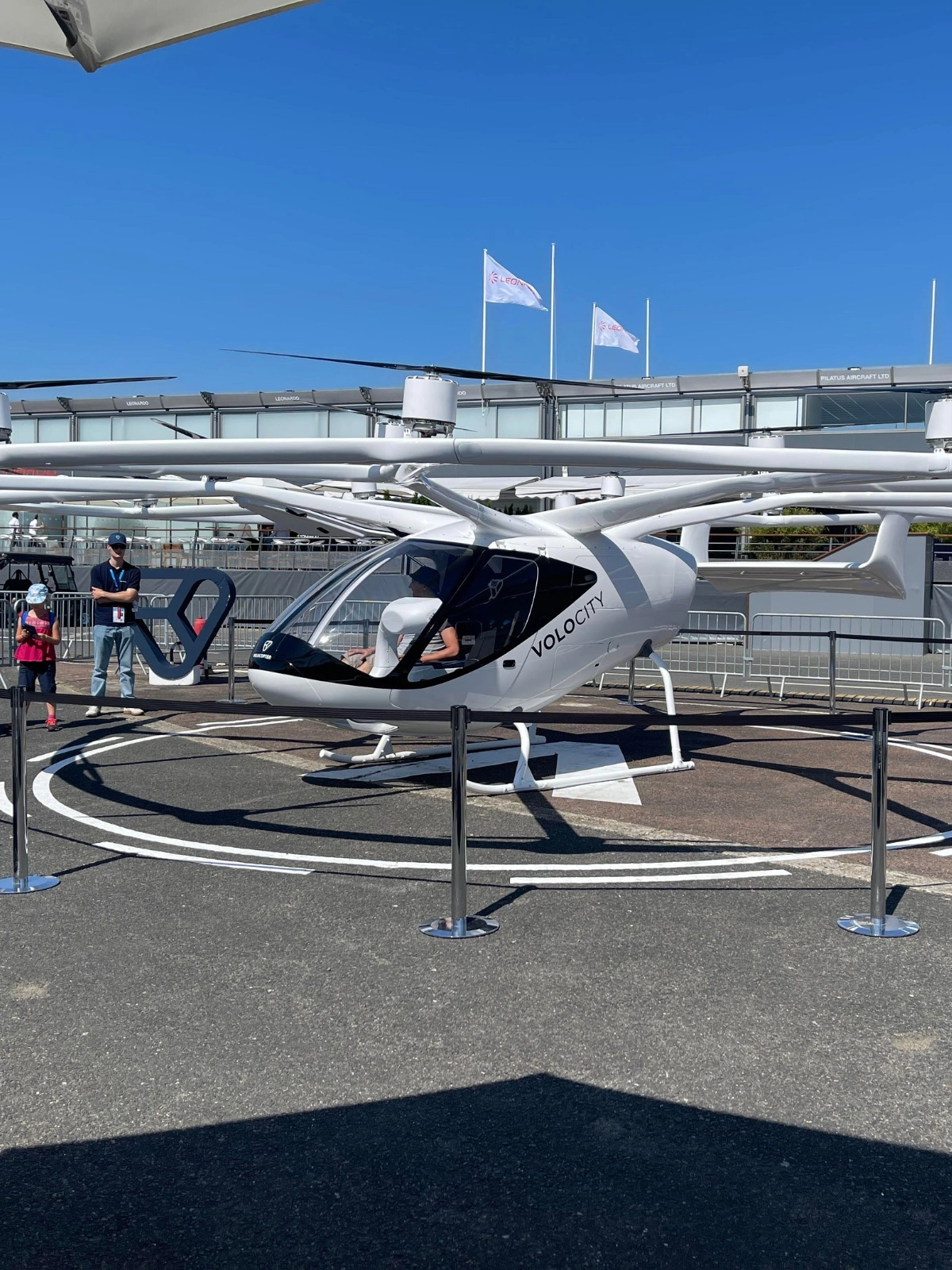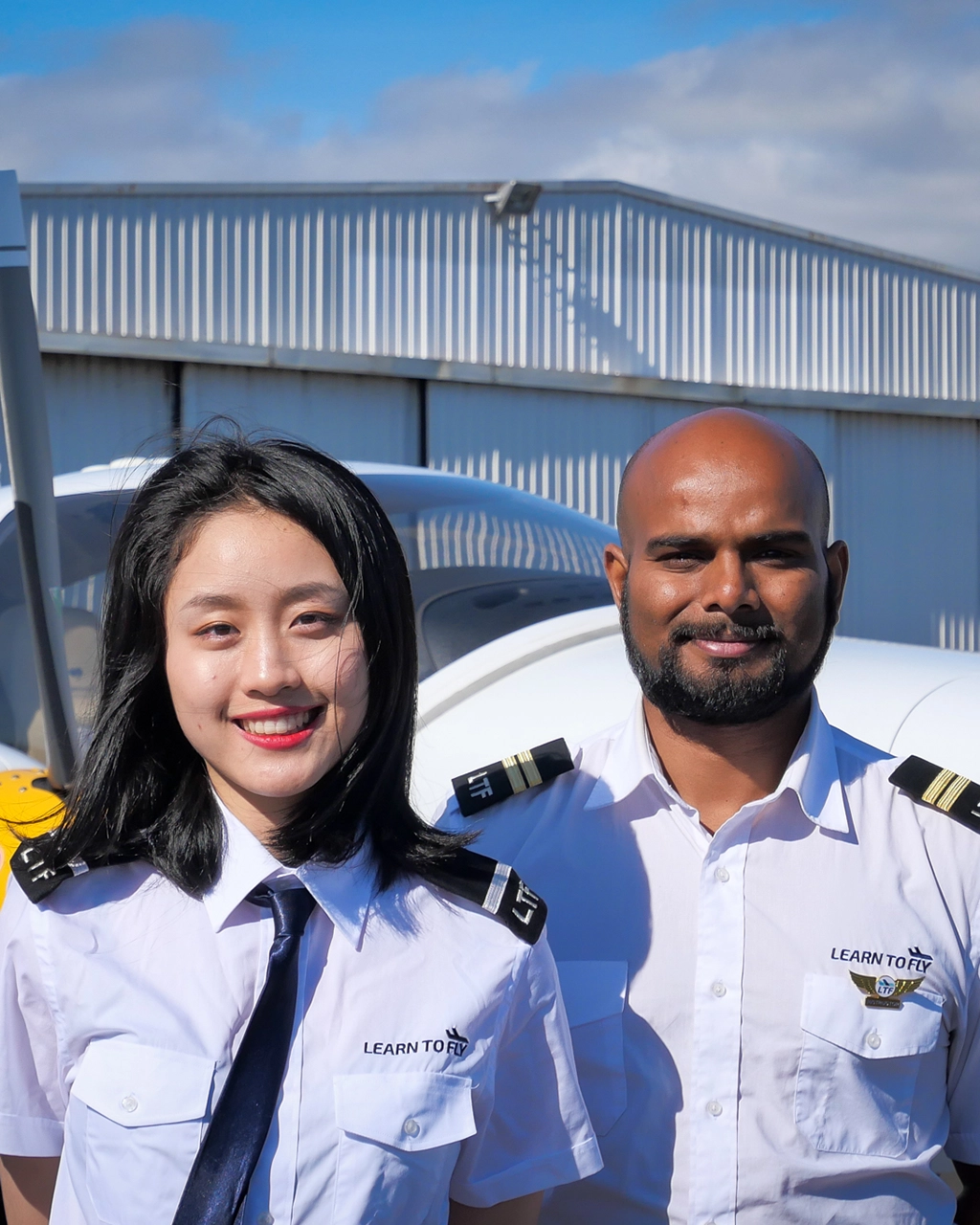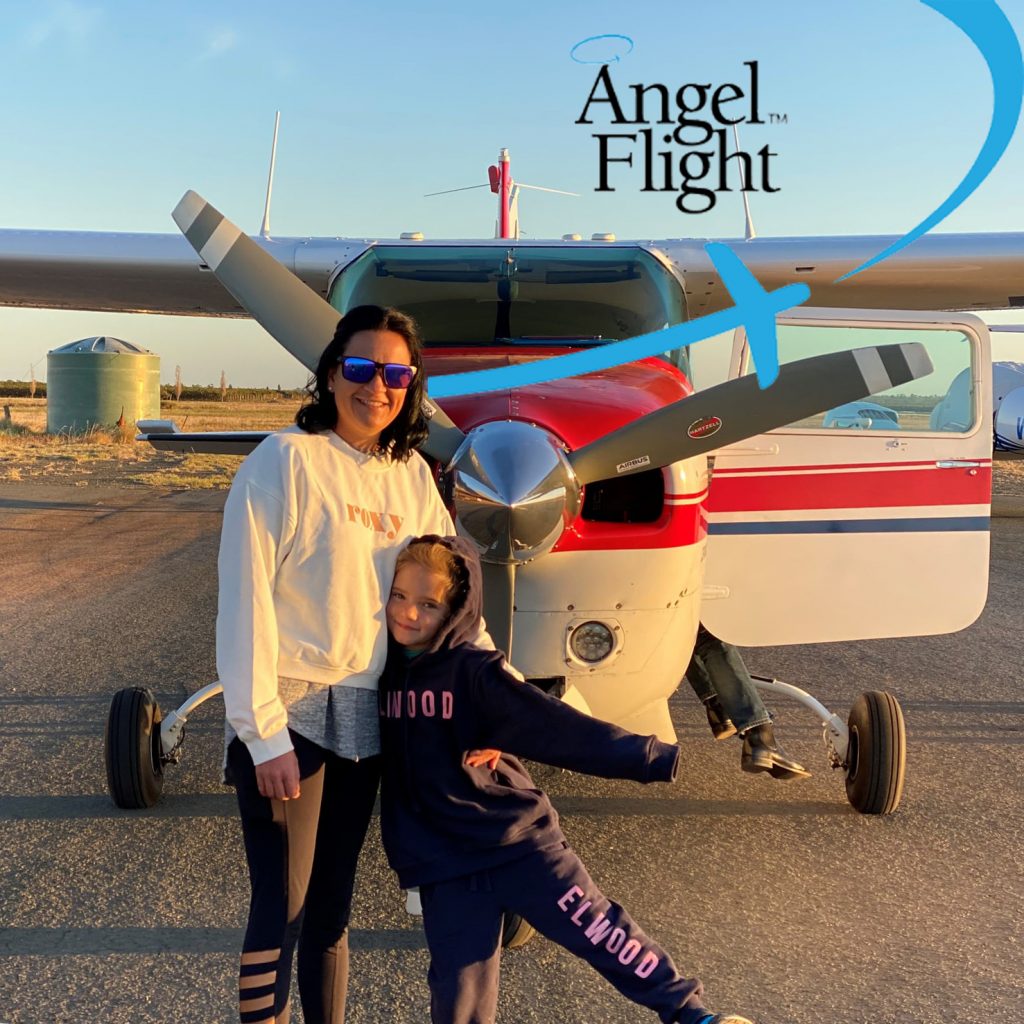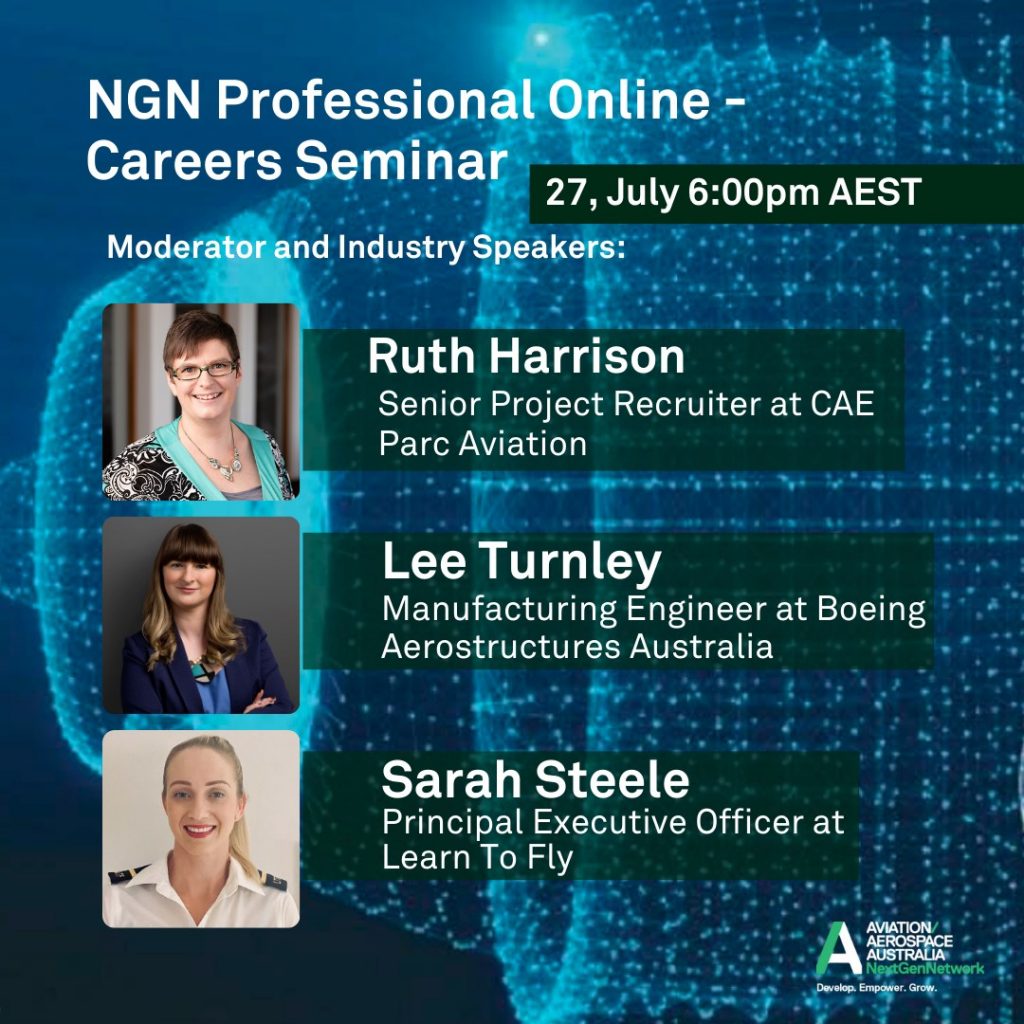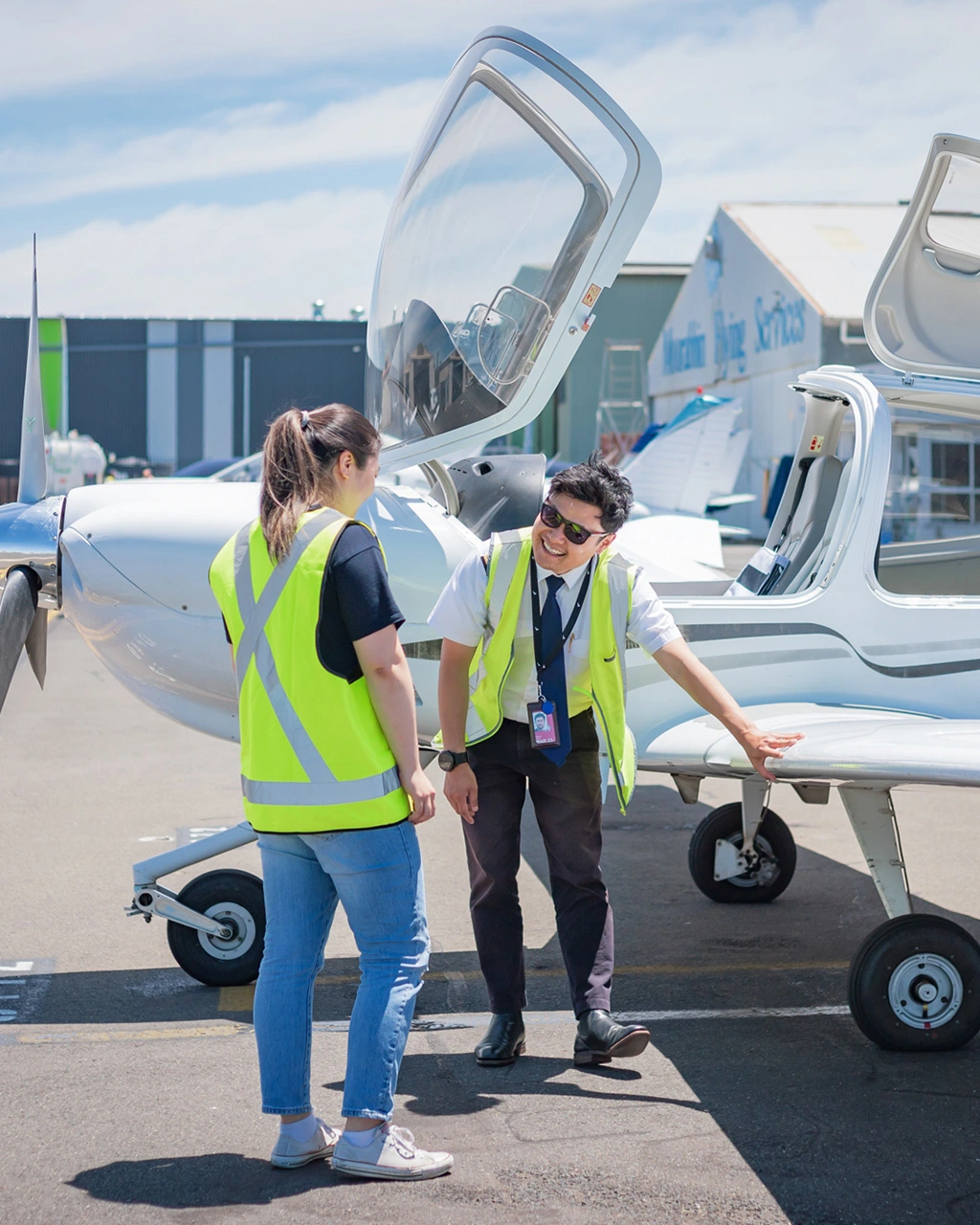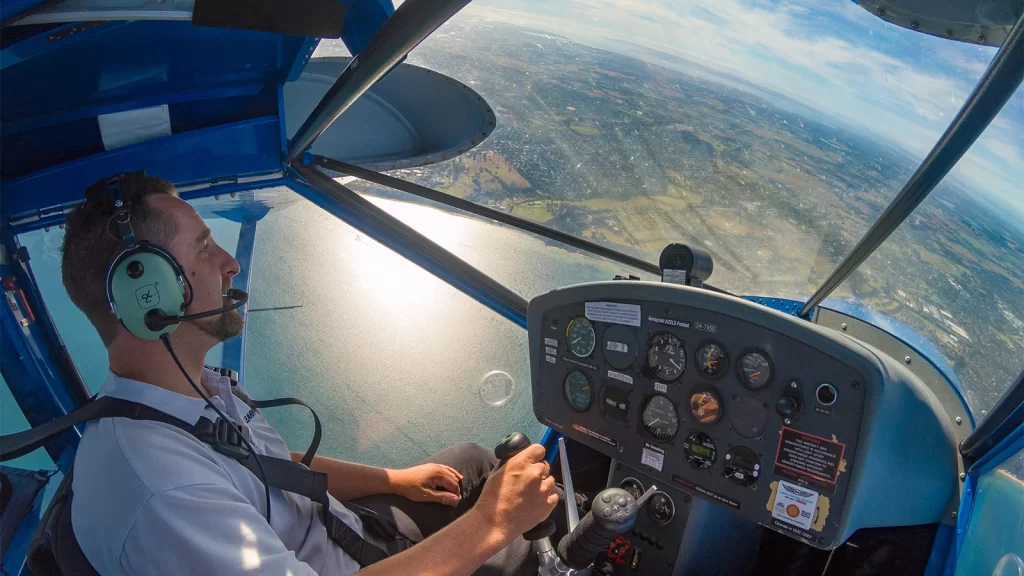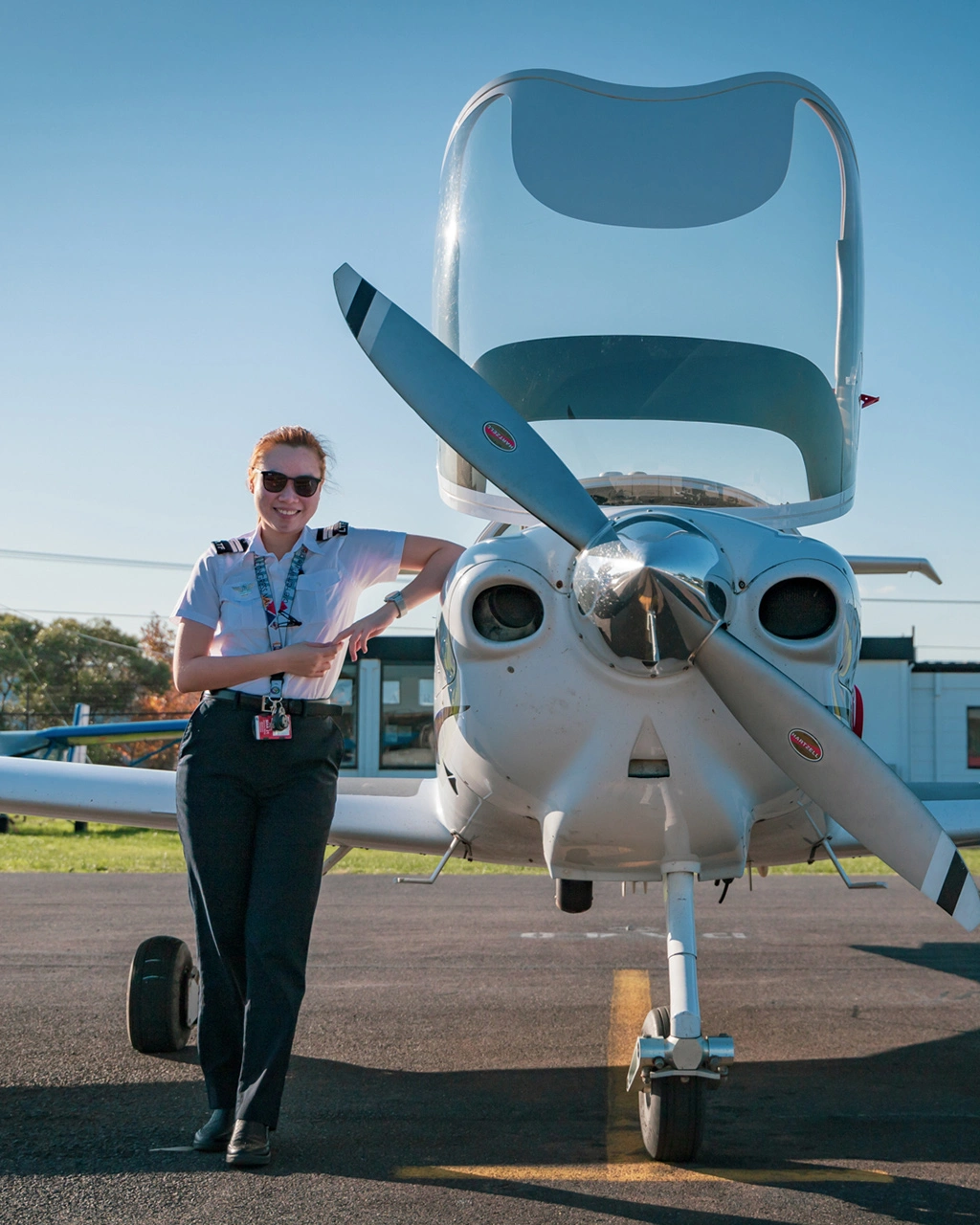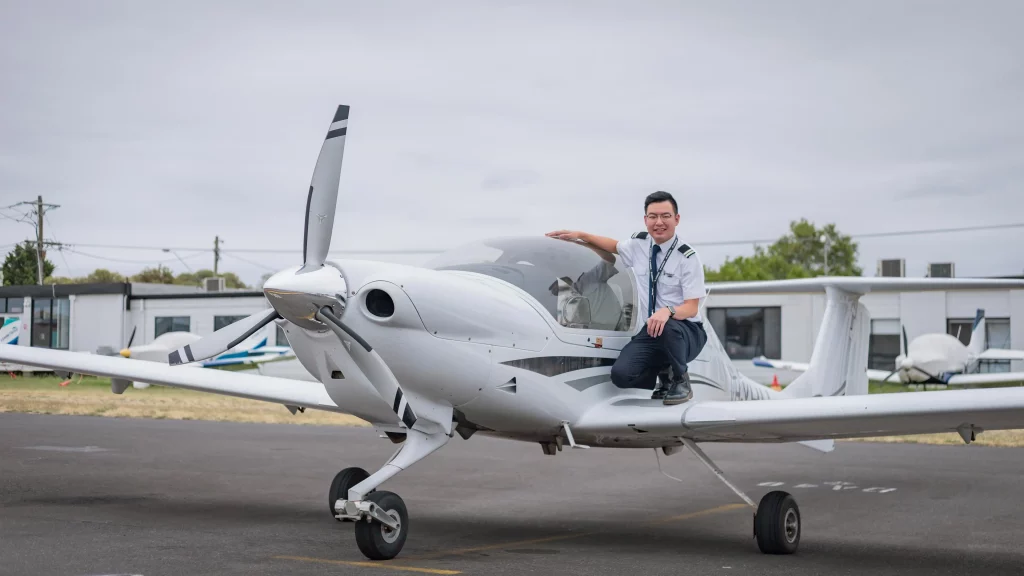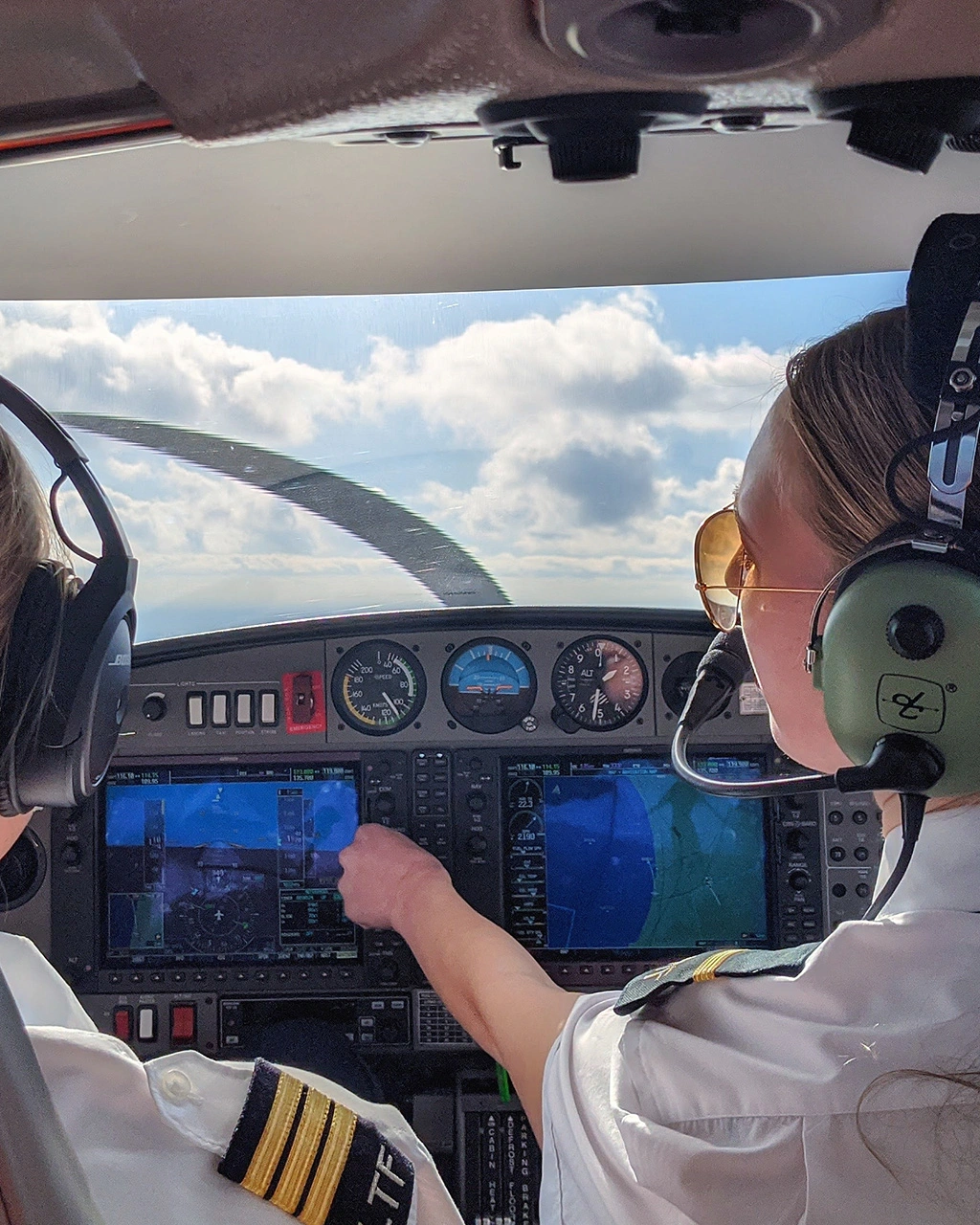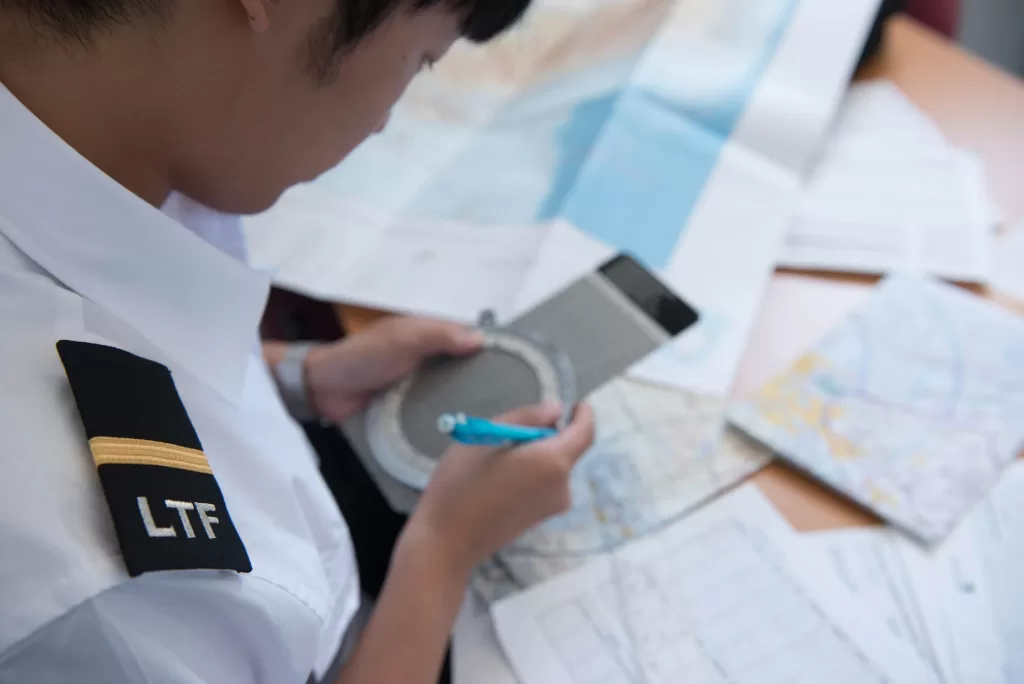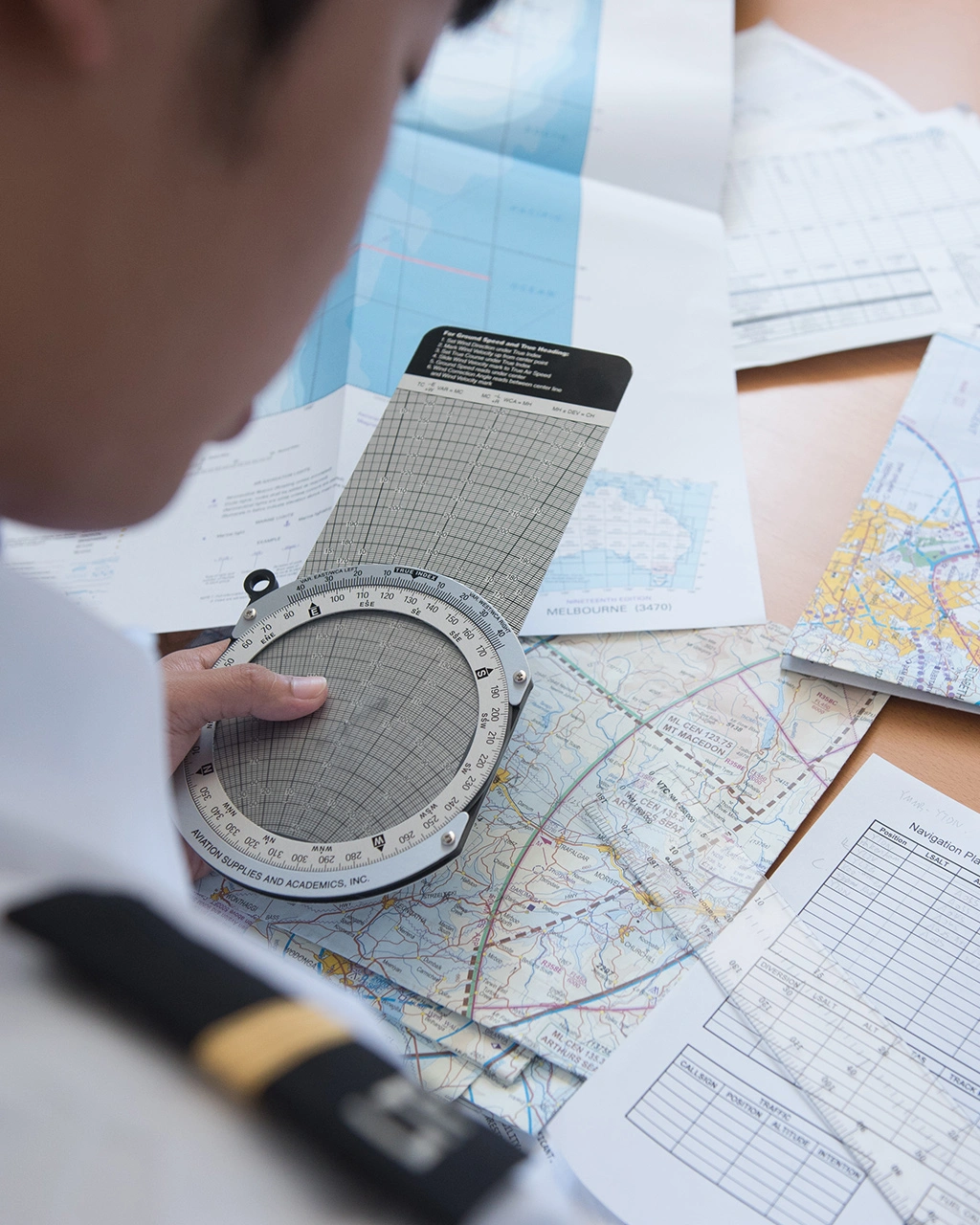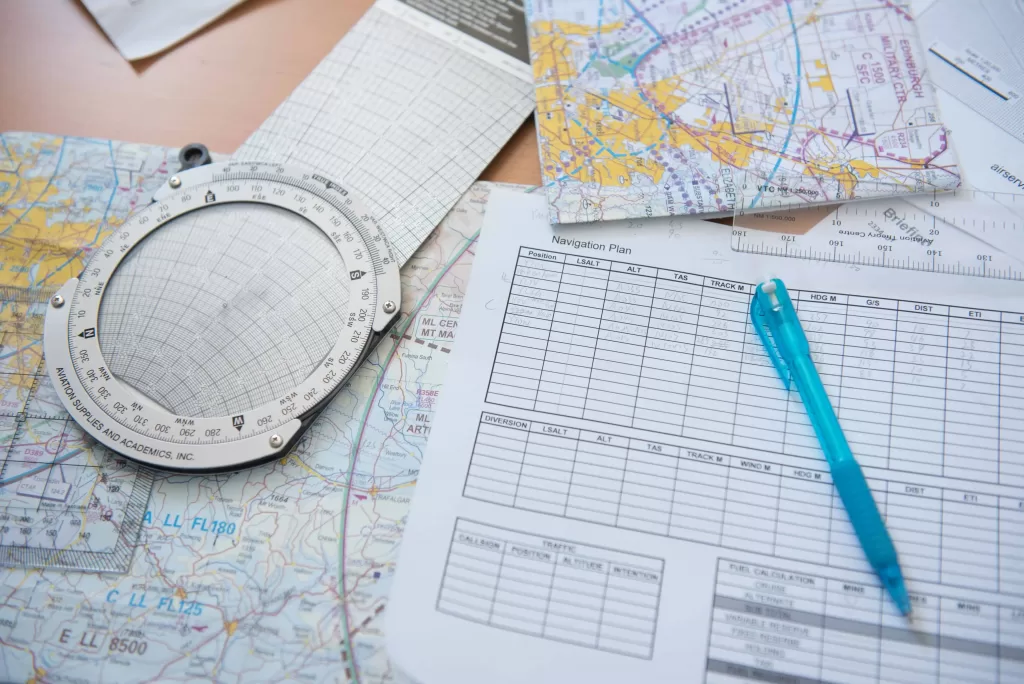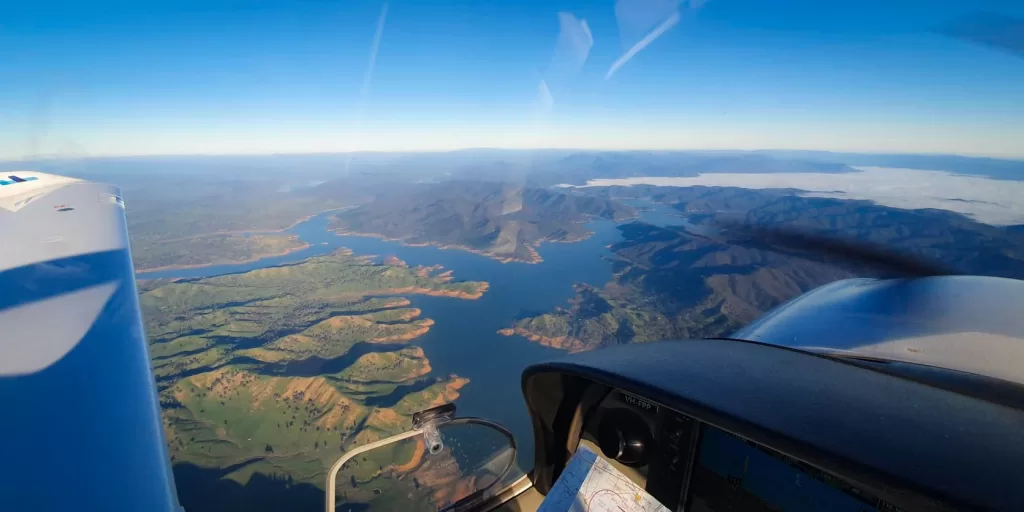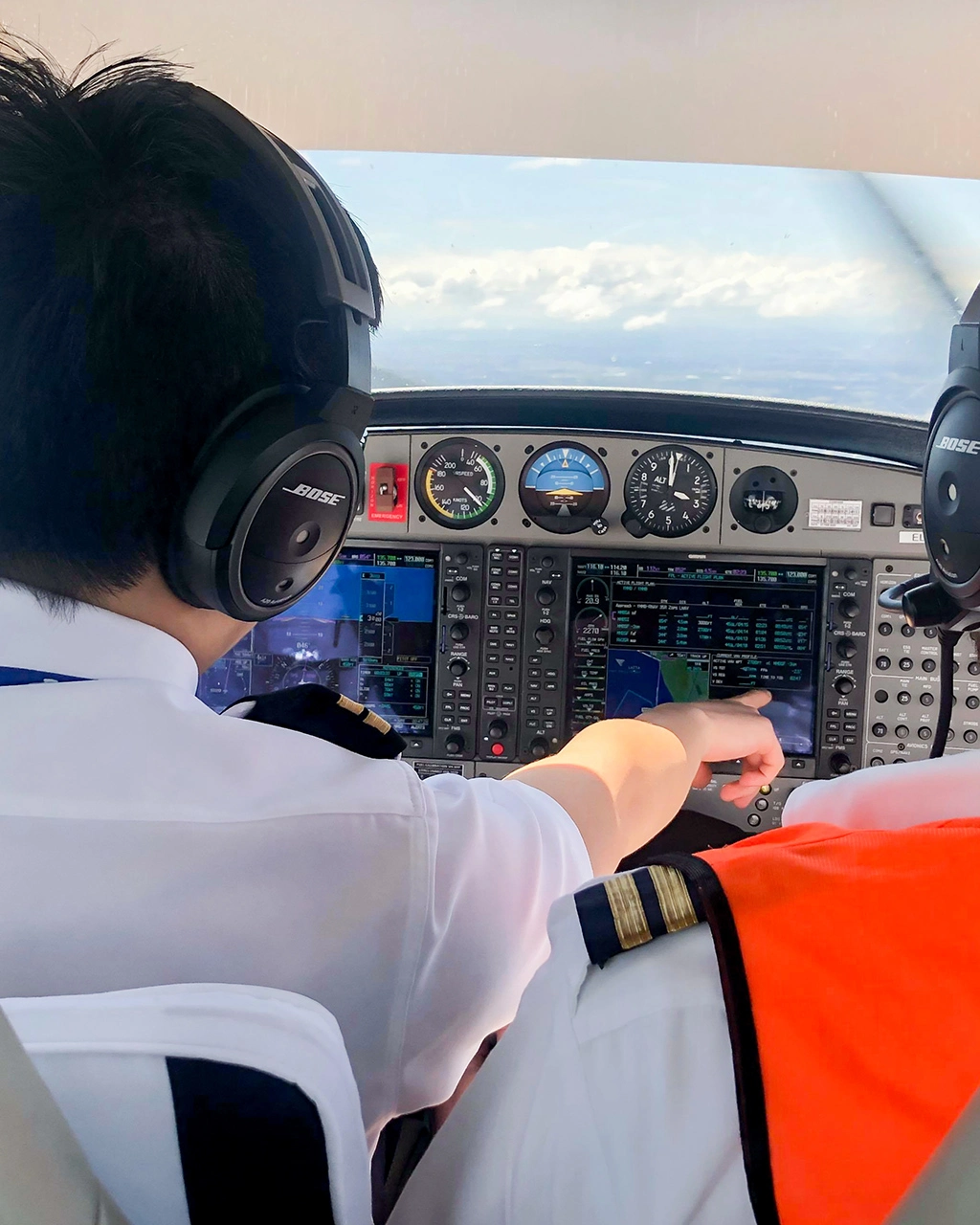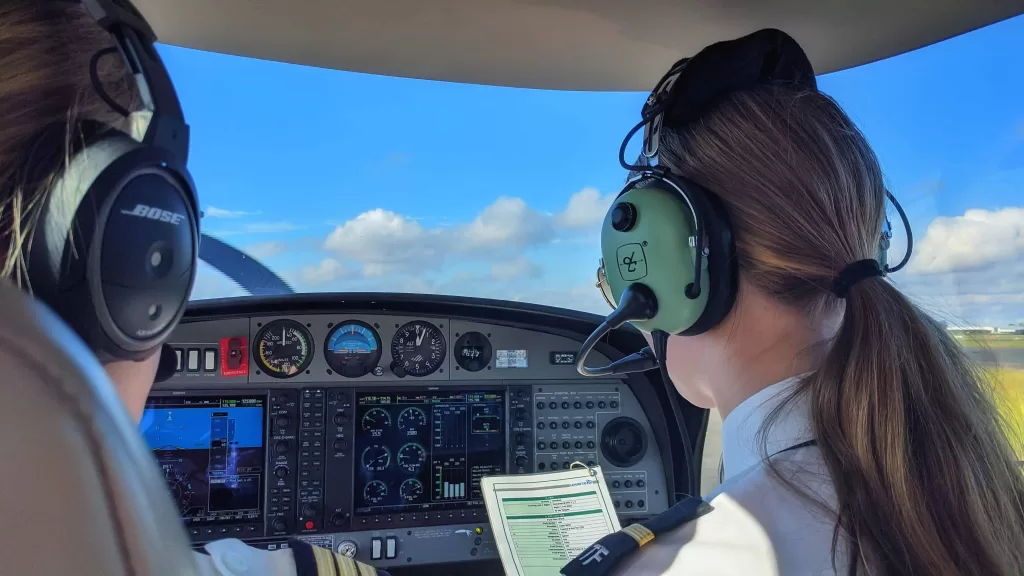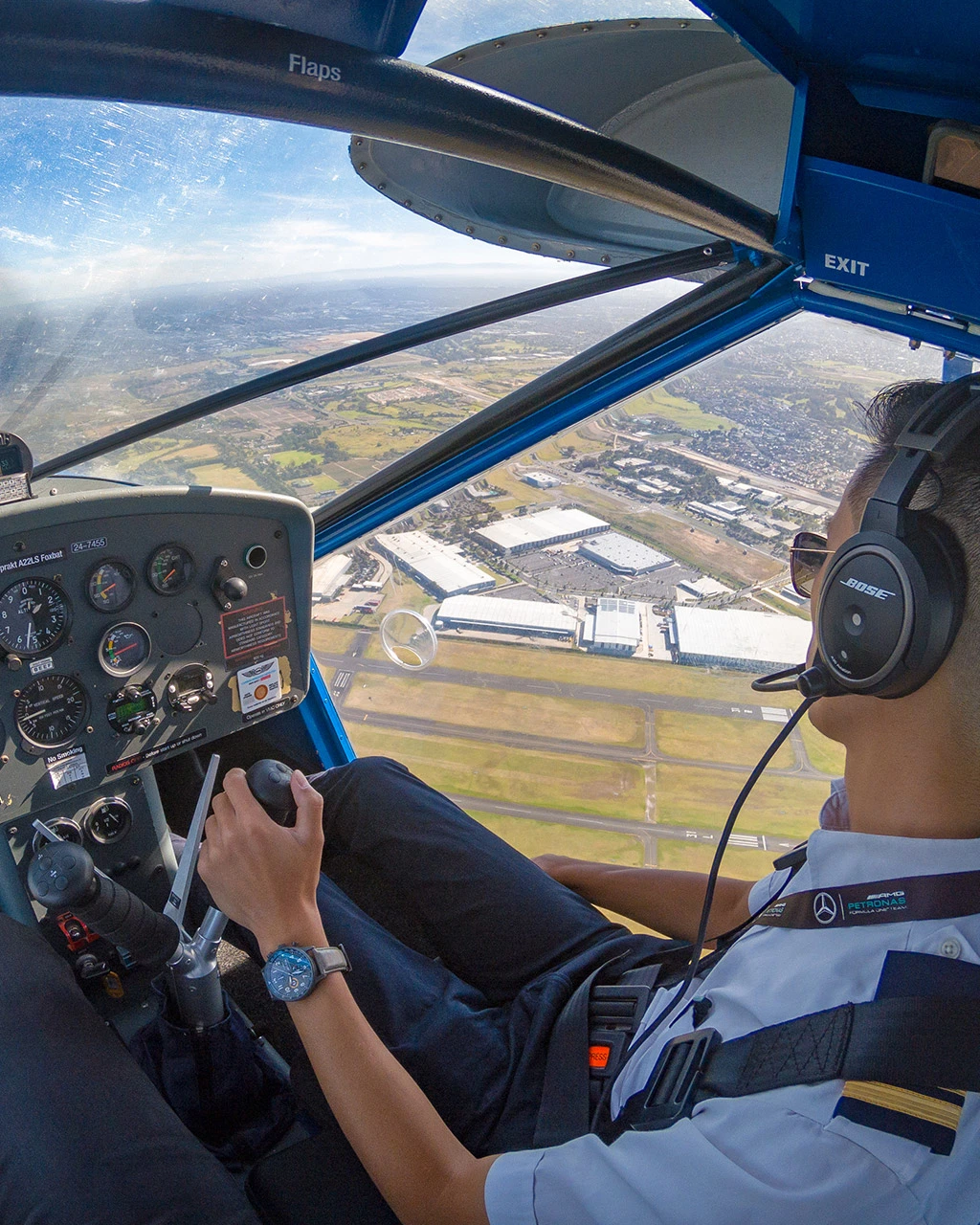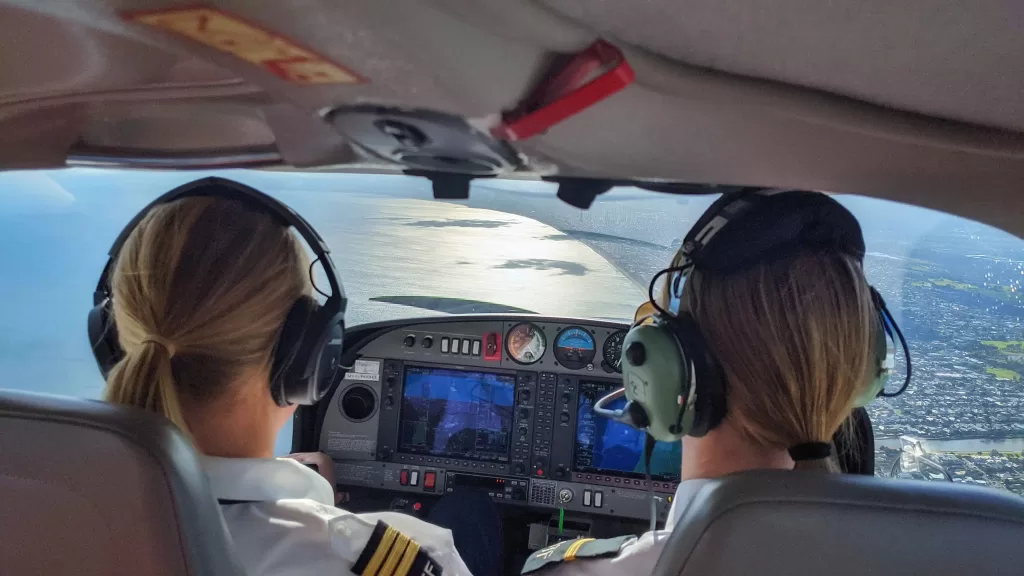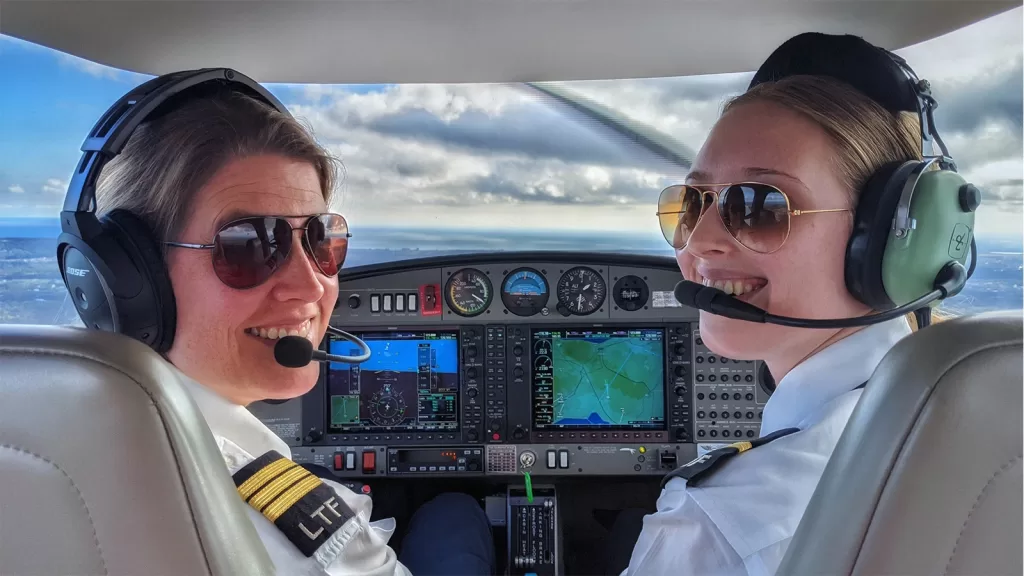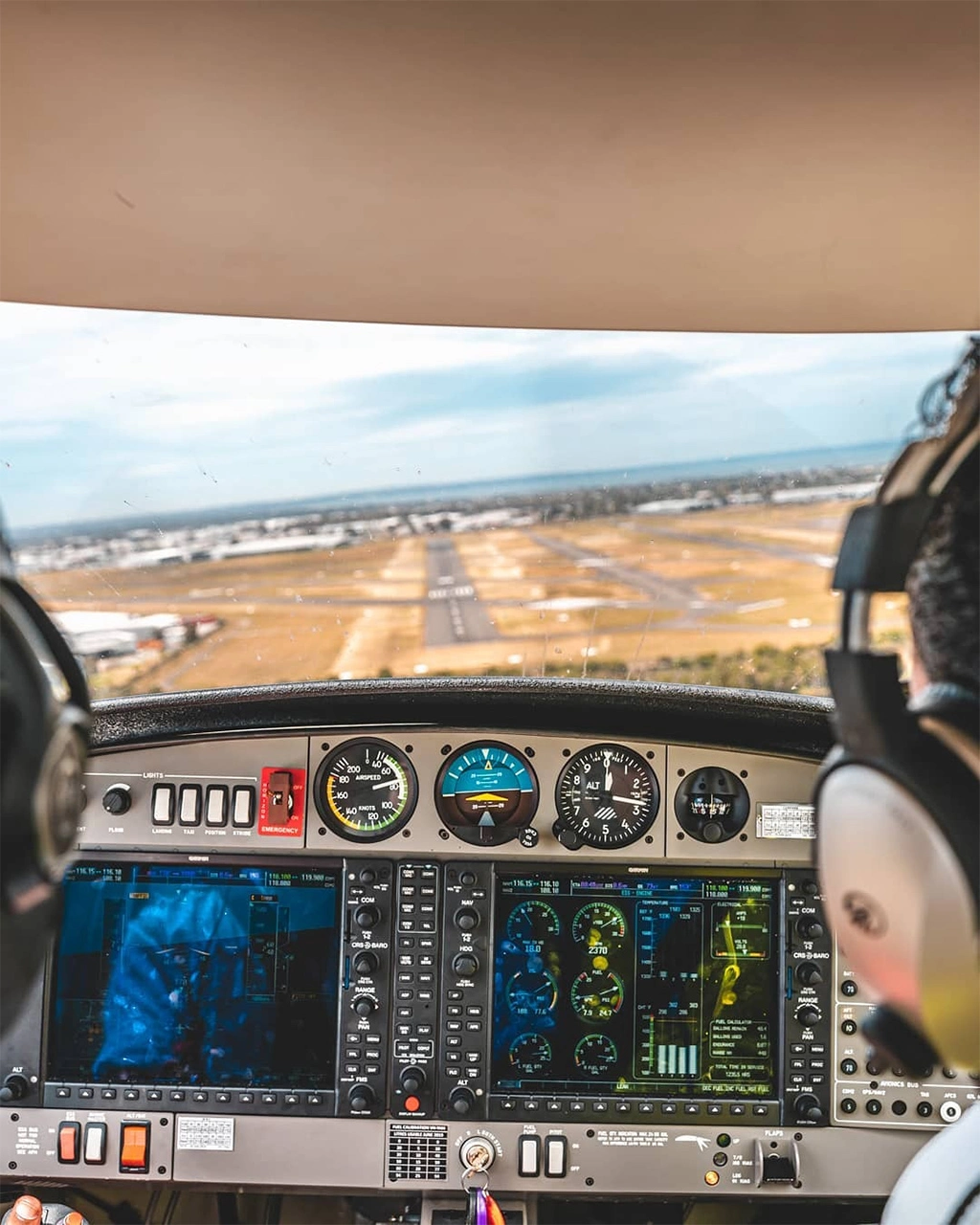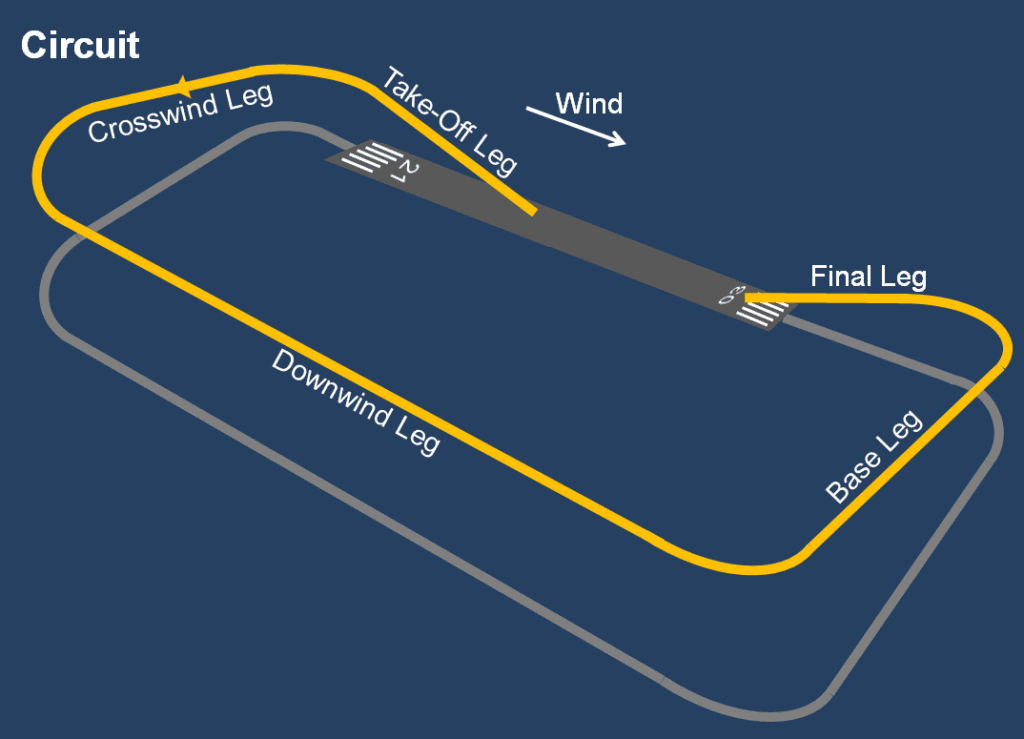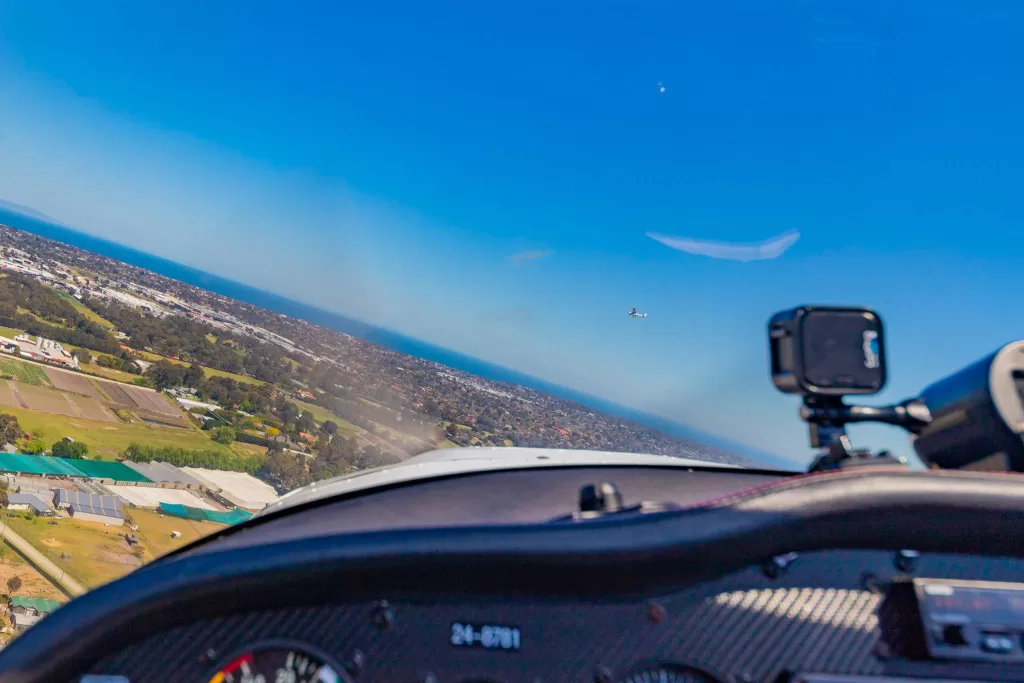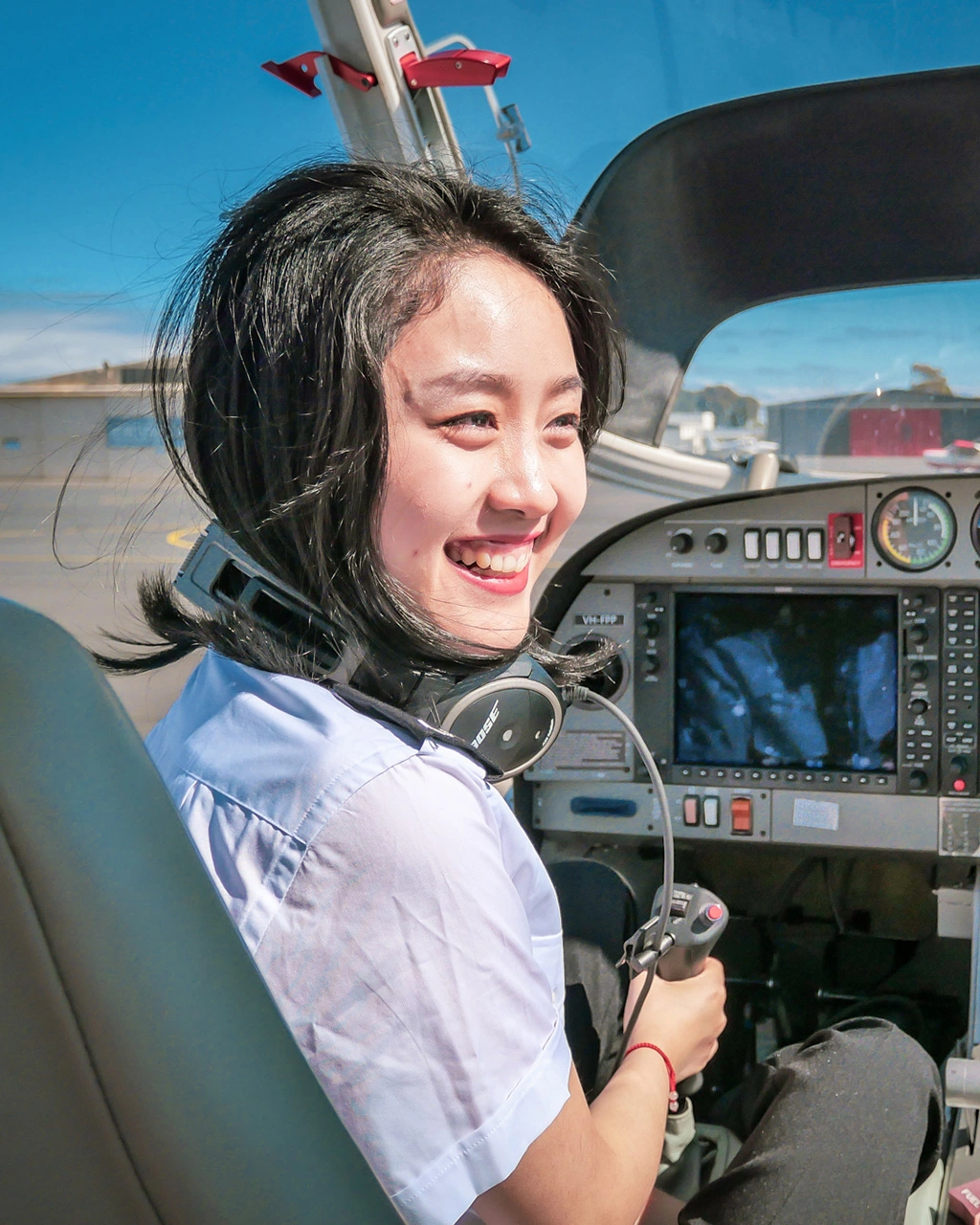The future of air travel is changing big time! It’s fair to say that the aviation industry is forever changing, but the change is particularly rapid right now. We are seeing some of the most significant technological developments across energy and aircraft. This means it’s a time for pilots to be excited. These air travel developments have hugely positive implications. This is across private pilot licences in Australia, aviation courses in Australia, and air travel in general. Here we will discuss the future of air travel, including predictions and trends in the aviation industry, so you can learn about what’s expected in the future.
Air Transport Demand
Brace for impact, the air transport demand in Australia is growing! The transport industry is integral to society and connection in a more connected world than ever before. Aviation plays a major role in the transport industry, both for passenger transport, private transport, and cargo transportation.
As the world becomes increasingly connected and mobile, the demand for aviation is increasing with it. The most influential force on air transport demand is accessibility. Accessibility includes the availability of aviation transport and infrastructure and affordability, frequency, and comparative transport options.
We are currently seeing significant developments across the energy and fuel sector. This is largely driven by increasing fossil fuel costs and pressure to find environmentally friendly energy sources. As these technologies rapidly develop, the outcome is that there are increasingly accessible air transport options and accessibility.
So, what does this all mean? It means that the future of air travel – including predictions and trends in the aviation industry – surrounds demand. The indications are that the air transport demand is going to reach new record numbers increasingly.
Hydrogen-Powered Planes
Hydrogen as a fuel source can be burnt in a turbine engine or a piston engine. It can also be used as a fuel cell for electric propulsion. This means it has the potential for commercial and private pilot uses.
Hydrogen as a fuel source has a lot of appeal if we can get it right. Because hydrogen is readily available and the usage has zero emissions (fuel cell use), it is environmentally sustainable. This is particularly attractive in a world balancing fossil fuels and environmental impact.
Sustainable mobility in air transport is one of the most significant sets of goals for the international air transport industry. This has big implications for pilots in Australia and internationally. Pilots must maintain training, experience and currency in a quickly changing industry.
This isn’t a new thing, the TU-55 first flew with hydrogen as a fuel source in 1988! It was the first experimental aircraft using hydrogen (it used liquid natural gas later, too).
Other Alternative Air Transport Energy Solutions
Electric energy and fuel cell storage is a technological development leading the charge. Electric Light-Sport Aircraft in Australia took flight in 2023, and more developments are coming. Energy storage has two challenges: the associated weight and the cost. It isn’t just one technological development to achieve improved endurance and accessibility of electric air transport, it’ll be a few. For example, the toroidal propeller development explores innovation in propeller design. It sees reduced noise and better energy use, which could enable better endurance for today’s fuel cell designs.
The race for alternative air transport energy solutions is one of the most significant trends. This is a key point of the future of air travel, including predictions and trends in the aviation industry. It isn’t just the aviation industry, either – it covers road and marine transport, too.
Futuristic Cabin Designs
When it comes to cabin designs, the most significant internal change revolves around comfort and automation. Instead of buttons, dials, and mechanical instruments, there is a constant shift towards digital-based touchscreens and instrumentation. As a species that craves entertainment, we enjoy having control over lighting and the environment. This also extends to our preference for automation, while still having the option for manual override.
These factors propel cabin designs to new heights of comfort and practicality. It makes sense considering the increasing demand for air transport and longer overall flight times, prompting us to seek additional comforts to enhance our travel experience.
On the exterior, aircraft cabins are transforming due to advancements in aerodynamic insights. More aircraft are being developed to cater to diverse markets and specific requirements. Older aircraft models are being replaced with more energy-efficient designs. However, this transition is a gradual process due to its associated costs.
For private pilots and flight training schools in Australia, these advancements offer modern options for aircraft designs. This enables us to travel faster, cover longer distances, and enjoy enhanced comfort—all while reducing our environmental impact.
Air Transport Industry in Australia
Private air travel is trending upward, with a growing appeal among current and aspiring private pilots. This trend is expected to continue as private pilot training becomes more accessible. However, domestic air travel in Australia is recovering from the pandemic in the latter half of 2023. Nevertheless, rising living costs pose a challenge to this recovery, and they also contribute to a slowdown in international air transport demand.
Moreover, there is a significant surge in aviation infrastructure in Australia, catering to the needs of Australian pilots and the growing domestic demand for private air travel. Various government bodies have recognized the potential and momentum of the aviation industry in Australia, leading them to make substantial investments in this sector.
There you have it!
That covers the Future of Air Travel: Predictions and Trends in the Aviation Industry! It’s an incredible time to start or continue your aviation training, as Australian pilots enjoy incredible opportunities. If you’re flying as a private pilot in Australia, or as a commercial pilot in Australia, have a chat with the team at Learn To Fly if you’d like to know more about current aviation trends.
As there are further development and opportunities in Australian aviation, Learn to Fly will be developing new courses and training material to ensure pilots have new and existing skills. Keep checking back for further developments!
Looking For More?
Our social media offers free flight training videos and much more – so, give us a follow at https://linktr.ee/learntoflymelbourne.
What Else Should I Know?
We’ve compiled a few useful posts that might help you out. Where ever you are on your aviation journey, the team at Learn To Fly Melbourne are here to help. We want you to pass your exams and have an excellent career, so please reach out if we can help support you through your course and studies!
Cathay Cadet Pilot Program – Questions & Answers
We received some fantastic questions during our recent webinar on applying for the Cathay Cadet Pilot Program in 2022. We weren’t able to answer them all live, but we have covered the majority of questions and answers here.
Learn To Fly Scholarship Recipient Dean Shing Starts at Cathay Pacific
Our scholarship recipient was Dean Shing, who was accepted into the Cathay Pacific cadetship program. He came to Melbourne to complete his flight training and fly solo, and we caught up with him to talk about the process, as well as his love for flying.
Recommended Pathways for Becoming an Airline Pilot for Overseas Students
There has never been a better time than right now to get into the aviation industry. In this blog, we discuss the pathways available to overseas students with a deep desire in becoming an airline pilot.
The Secret Weapon for 75 Successful Airline Pilot Interview Students
Discover the secret weapon to airline pilot interview success! Learn to Fly is working with Senior Captain Darren McPherson from ACS (Aviation Consulting Services) to provide Airline Interview Training, and together we have helped numerous candidates successfully pass their airline interviews over the past 2 years.
Airline Pilot Career Pathways
Are you serious about an airline pilot career? In this blog we discuss some of the airline pilot career pathways available to you.









